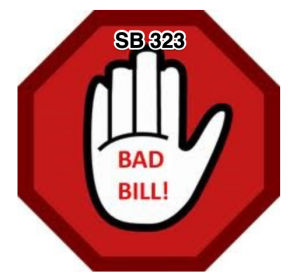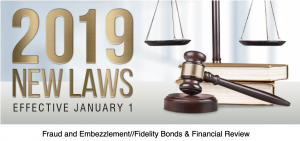 It is fall, and for most California community associations, it is budget season and boards and managers are in the process of preparing budgets for the 2022 fiscal year. Along with the next fiscal year’s budget, boards and managers need to be thinking of all of the disclosures that California law requires be made. That is why SwedelsonGottlieb annually publish this Checklist. The good news is that there are no major changes in the law relating to disclosures. But that does not mean that there are no other issues or disclosure requirements to consider.
It is fall, and for most California community associations, it is budget season and boards and managers are in the process of preparing budgets for the 2022 fiscal year. Along with the next fiscal year’s budget, boards and managers need to be thinking of all of the disclosures that California law requires be made. That is why SwedelsonGottlieb annually publish this Checklist. The good news is that there are no major changes in the law relating to disclosures. But that does not mean that there are no other issues or disclosure requirements to consider.
There are issues that we discussed last year that need to be considered, if the association has not already taken action, including the now required balcony inspections, election rules, rental restriction changes, and accounting for bad debt associated with COVID-19.
In addition, economists are projecting inflation to hit associations in the coming year. We have already seen increased cost for materials, utilities, and insurance. Employees all over the state are demanding higher wages to return to work, which will have a trickle-down effect in every service the association receives, be it janitorial, landscape, management, or pool. Associations really need to contact their service providers, contractors and insurance broker to discuss potential increases in next years fees and costs. To respond to homeowner outcry that usually follows an increase in assessments, boards should be prepared to educate homeowners on the rising costs and the plan to keep the association financially stable.
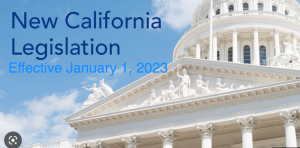 As it does just about every year, the California Legislature has made changes to the law impacting community association’s statewide. This article covers those changes effective January 1, 2023 and other recent changes in the law that are worthy of being mentioned, as they may apply to your California community association. We have included examples of the application of the new law.
As it does just about every year, the California Legislature has made changes to the law impacting community association’s statewide. This article covers those changes effective January 1, 2023 and other recent changes in the law that are worthy of being mentioned, as they may apply to your California community association. We have included examples of the application of the new law. HOA Law Blog
HOA Law Blog



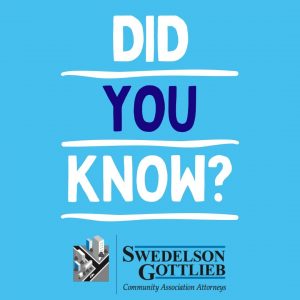 When SB 323 took effect on January 1, 2020, it greatly modified the Davis-Stirling Common Interest Development Act’s election procedures, including timelines for conducting an election. In the process, it inadvertently created a conflict in the law regarding recall elections that community associations have been struggling with ever since.
When SB 323 took effect on January 1, 2020, it greatly modified the Davis-Stirling Common Interest Development Act’s election procedures, including timelines for conducting an election. In the process, it inadvertently created a conflict in the law regarding recall elections that community associations have been struggling with ever since. It is fall, and for most California community associations, it is budget season and boards and managers are in the process of preparing budgets for the 2022 fiscal year. Along with the next fiscal year’s budget, boards and managers need to be thinking of all of the disclosures that California law requires be made. That is why SwedelsonGottlieb annually publish this Checklist. The good news is that there are no major changes in the law relating to disclosures. But that does not mean that there are no other issues or disclosure requirements to consider.
It is fall, and for most California community associations, it is budget season and boards and managers are in the process of preparing budgets for the 2022 fiscal year. Along with the next fiscal year’s budget, boards and managers need to be thinking of all of the disclosures that California law requires be made. That is why SwedelsonGottlieb annually publish this Checklist. The good news is that there are no major changes in the law relating to disclosures. But that does not mean that there are no other issues or disclosure requirements to consider.  I was forwarded an article on flying the American flag at community associations that appeared in the Wall Street Journal which motivated this blog post. According to the article, Flag Day commemorates the adoption in 1777 of the U.S. flag. The article (
I was forwarded an article on flying the American flag at community associations that appeared in the Wall Street Journal which motivated this blog post. According to the article, Flag Day commemorates the adoption in 1777 of the U.S. flag. The article (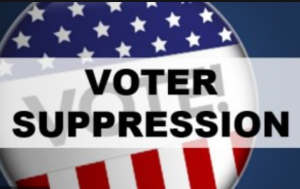 I first heard about voter suppression in law school, where I learned that the United States has a long tradition of threatening voter access. I thought it was a thing of the past. But I have been surprised by recent news stories that tell us that there are real efforts in 2020 to make it harder for some Americans to vote. For example, a Memphis, Tenn., poll worker turned away people wearing Black Lives Matter T-shirts, saying they couldn’t vote. Robocalls warned thousands of Michigan residents that mail-in voting could put their personal information in the hands of debt collectors and police. In Georgia, officials cut polling places by nearly 10%, even as the number of voters surged by nearly 2 million.
I first heard about voter suppression in law school, where I learned that the United States has a long tradition of threatening voter access. I thought it was a thing of the past. But I have been surprised by recent news stories that tell us that there are real efforts in 2020 to make it harder for some Americans to vote. For example, a Memphis, Tenn., poll worker turned away people wearing Black Lives Matter T-shirts, saying they couldn’t vote. Robocalls warned thousands of Michigan residents that mail-in voting could put their personal information in the hands of debt collectors and police. In Georgia, officials cut polling places by nearly 10%, even as the number of voters surged by nearly 2 million. 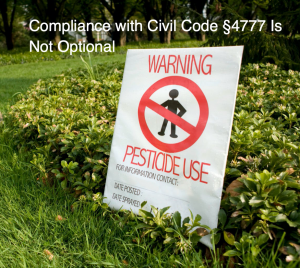 From the Community Association Attorneys at SwedelsonGottlieb
From the Community Association Attorneys at SwedelsonGottlieb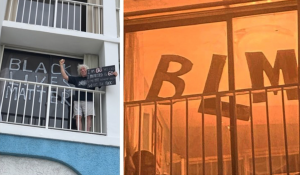 By David Swedelson, Community Association Attorney at SwedelsonGottlieb
By David Swedelson, Community Association Attorney at SwedelsonGottlieb